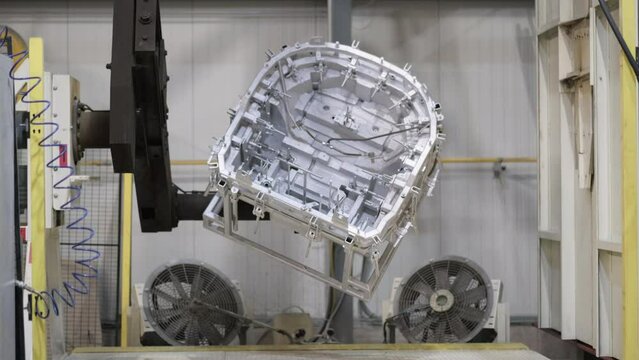Rotational molding can be a process that has been available in excess of half a century. It permits suppliers to make plastic-type elements with extraordinary depth, using much less uncooked resources than standard procedures. In this article, we will proceed through rotational molding from start to finish and go over the way it operates.
Molds are created through making an injections-molded version or sculpture from clay-based or wax tart (or another smooth modeling medium). The completed item is then given metallic covering to ensure that when warmed up, it can not burn during manufacturing. Plastics are administered into these molds at substantial-tension costs exactly where they awesome and harden quickly because they enter into the sprue entrance on their way towards being molded items that are then ejected out from the mildew.
When plastic materials enter in a rotational molding equipment, they may be warmed up to about 270 qualifications Fahrenheit and injected in a metallic-lined cylinder with frosty normal water from all of recommendations at higher rates (around 100 gallons a minute).
The plastic gets into using a entrance referred to as the “sprue,” that is hooked up by hoses to a extruder brain that injects or integrates thermoplastic pellets for them to be easily cooled off and shaped. The revolutions within these cylinders build a vacuum result as molten plastic-type cools off greater than naturally mainly because it lacks any oxygen bubbles to result in air conditioning opposition. This permits for considerably faster generation times of finished products.
Rotational molded elements can be achieved with a wide variety of last looks. Rotational Molding is how plastics can be produced to look like metallic, glass, or even silicone. The details which can be reproduced on each mildew is near endless due to rotational molding’s ability to generate incredibly intricate pieces in one go.
The rotational molding method is very functional and can be used as different goods, such as furniture or sizeable elements like automobile bumpers. It’s also productive–using about 90 a few minutes to make 120 parts each hour.
An Extensive Help guide to the key benefits of Rotational Molding
